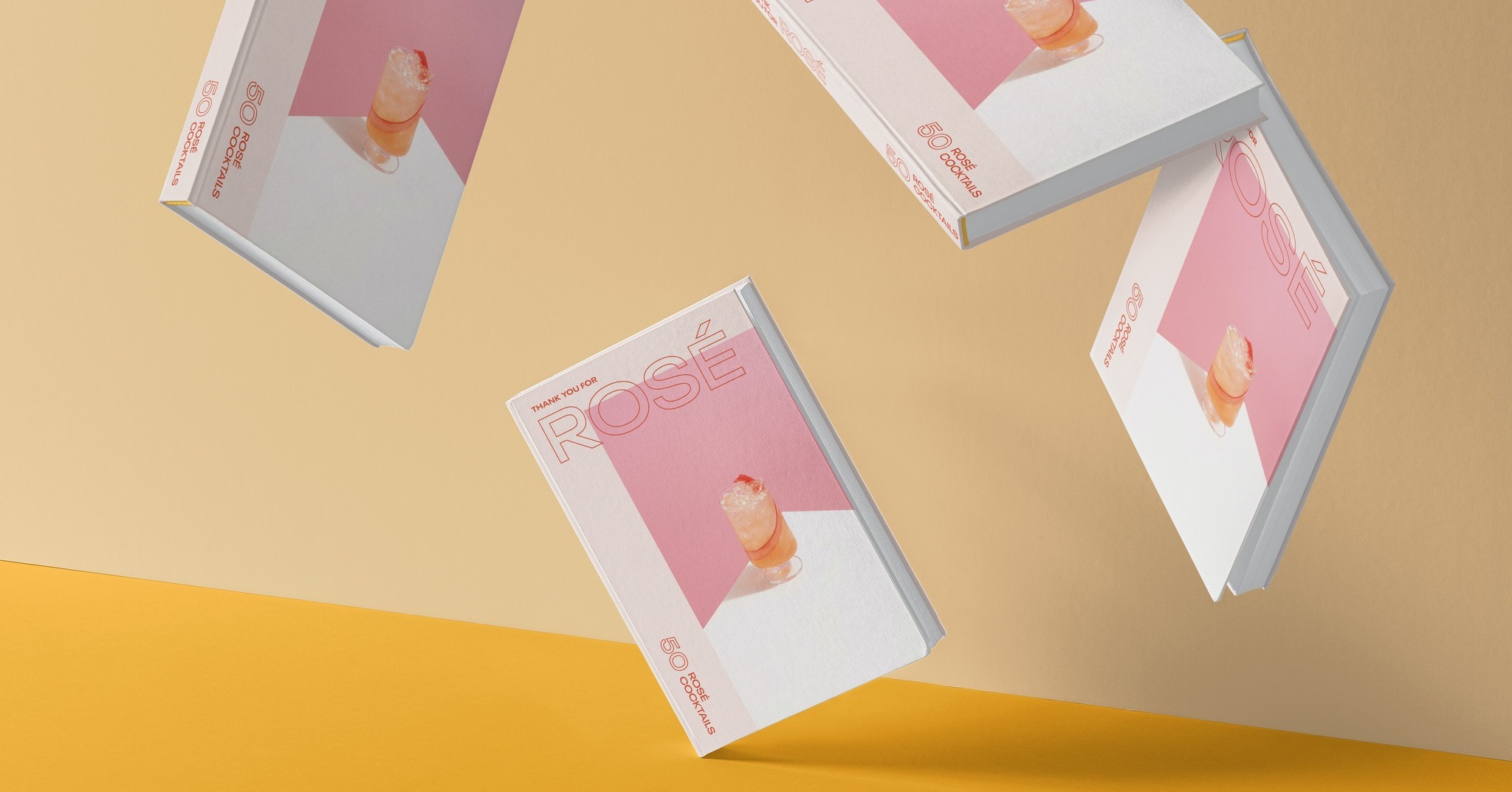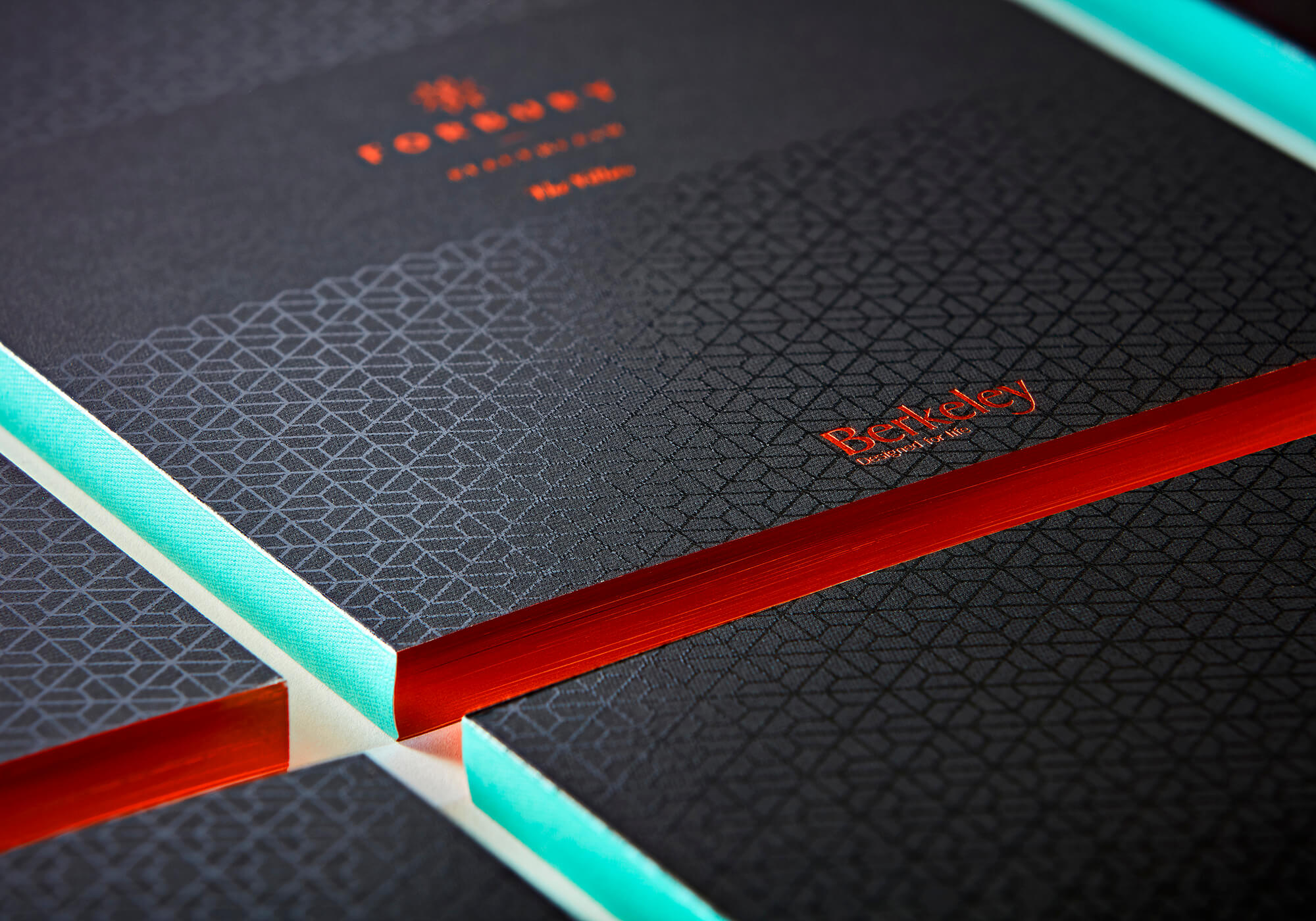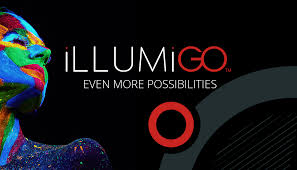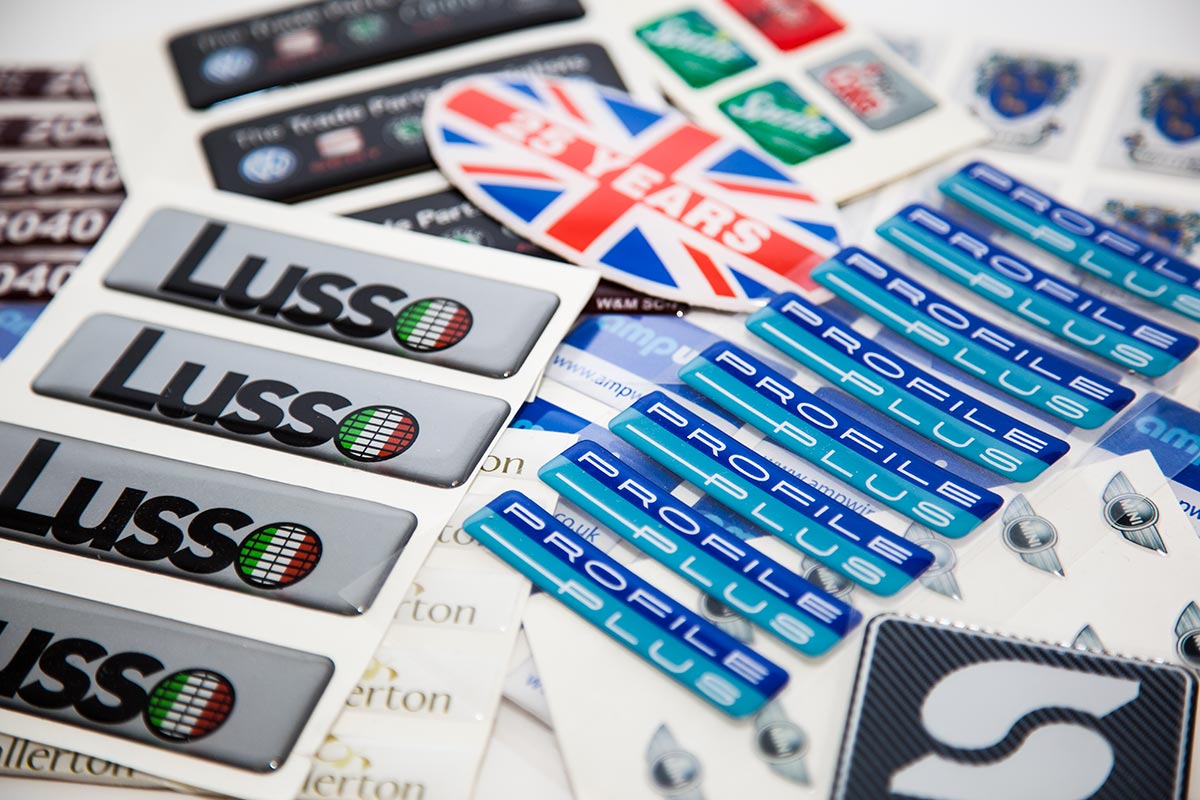THE PLACE FOR PRINT IN A DIGITAL WORLD
Ten years is a very long time in technology. A decade ago, unless you were at an Ivy League college in America, you wouldn’t have even been on Facebook (it didn’t open to public access until 2006).
In 2005 the internet had just reached its first billion users. Today, more than three billion people are online – 40 per cent of the world’s population.
With the rise of digital access has of course come a rise in digital and social media, giving marketers more opportunities than ever before to reach consumers in this rapidly growing market. As many people know, digital media has been sold as a quick, easy and cheap way – when compared to traditional media such as TV, radio, print and outdoor – to reach your target customers.

However, appealing as ‘quick, easy and cheap’ might be – they miss out two crucial factors: do customers engage with digital advertising; and is it effective?
The online space is undoubtedly crowded. Click-through rates for online ads have always been legendarily low, and many experienced voices in the marketing space now openly question the effectiveness and consumer appeal of many social media campaigns. As every brand now advertises online, runs a Facebook page, sends email newsletters and more, consumers may also feel saturated with digital marketing communications.
Even Sir Martin Sorrell, chairman of WPP and one of the world’s most important ad men, has done something of an about turn on this subject. During a talk given at the Broadcasting Press Guild this spring, he suggested that new data showed newspapers and magazines are more effective than people give them credit for, with print readers more engaged and more likely to retain information than those reading online and on mobiles – quite different to his previous opinion that the print media were over-rated.
THE PRINT REVIVAL
In a world of digital saturation, many printed marketing techniques are having something of a renaissance. The best of these campaigns don’t disregard online marketing, but often combine the two to create something more effective than digital alone.
Finding the right mix of whichever channels you are using is what makes communications much more impactful – and often, the blend of high-quality printed materials with online and other media can create a much more emotive, engaging response, and can be a way to tell a more rounded brand story.
This white paper will look at exactly this issue, and ask: what is the power of print in an ever more digital world? We will look at how print can create deeper emotional connections between customers and marketers; how to get print right; and examine examples of brands that have achieved success this way with real-life case studies.

A DEEPER CONNECTION
According to the Royal Mail’s 2015 Private Life of Mail research project: ‘the physical nature of mail triggers largely subconscious responses that are based around deep, scientifically established, psychological instincts’.
This study was utterly comprehensive – consisting of neuro imaging of 163 participants in-depth ethnographic studies of 12 UK households, a survey of 3,000 people, a review of more than 1,000 academic papers and more.
The study revealed that people valued something they can see and touch 24 per cent more highly than something they can only see.
Even the younger, ‘digital native’, generation don’t necessarily prefer to get all their information online. TRU research in 2011 showed that millennial participants (those born from roughly the early 1980s to the early 2000s) considered printed documents as more official and trustworthy than electronic documents.
A 2012 study (Keller, 2012) reinforced this, with students at Oxford University viewing electronic texts as more ‘ephemeral or disposable’, and printed texts as much more likely to get the facts right.
On top of this, there’s the relationship element. The same comprehensive Royal Mail study showed that 57 per cent of people feel more valued when they receive direct mail – helping to create a real two-way relationship between brands and consumers.
This is illustrated in the following diagram – the emotional impact of mail versus email

For marketers looking to make a real impact on their consumers (which is surely all of them), these facts can’t fail to make a mark.
But how does this knowledge translate into campaign ROI, beyond making people feel valued? Well, an analysis of the IPA Effectiveness Awards data showed that campaigns, including mail, were 27 percent more likely to deliver a top-ranking sales performance. Below are some case studies that further underline the real, bottom-line impact of adding print to the mix.
PRINT IN ACTION: GETTING IT RIGHT
Those statistics certainly go some way to proving the case for integrating print more into campaigns. But how do you get it right?
Of course, quality is a key hygiene factor: a badly made and poorly executed piece of print in any medium – whether outdoor posters, direct mail or a company brochure – is simply not going to elicit a positive response or generate strong results.

“MODERN PRINT TECHNOLOGIES HAVE MOVED ON A PACE IN RECENT YEARS. THE COST OF DIGITAL PRINTING TECHNOLOGY, FOR EXAMPLE, HAS COME DOWN
GREATLY, MEANING ANY QUANTITY OF INDIVIDUALLY PERSONALISED, HIGH-QUALITY BROCHURES CAN BE
CREATED FOR A REASONABLE COST.”

ZIP CARS – ‘DRIVING’ ONLINE ENGAGEMENT
Zip Cars is a short-term car rental firm running in many major cities in the UK. Vehicles are hired by the hour, providing an easy and cost-effective way to get around town.
The company wanted to increase sales from businesses in London (one of the main centres for Zip Cars) and get business owners to consider using Zip Cars as an alternative to taking taxis.
Zip Cars created highly personalised direct mail for businesses – highlighting the nearest cars to their offices and detailing the savings that could be achieved compared with taking taxis. This was easy to achieve using Hewlett Packard’s (HP) variable printing techniques, and the mixture of print and personalisation really paid off, increasing visitors to the Zip Cars site by 14 per cent.
COCA-COLA – IT’S ALL IN THE NAME
The Coca-Cola ‘name on bottles’ campaign made a huge stir when it launched in 2013. The ‘Share a Coke’ campaign, as it was called, was simple but hugely effective.
The campaign originated in Australia, where fewer and fewer young people were buying Coca-Cola. The simple act of printing names on bottles increased the numbers of young people drinking Coke by 7 per cent in just three months.
The campaign was so successful that it was rolled out to 32 countries, in 15 languages and with five different alphabets, across three products (all with different labels). All of which had to be standardised across the world, so that all products used the right ‘Coke red’ and the outputs were of equal quality, wherever they were printed.
Now, 800 million labels later, with the backing of a major ad campaign including national roadshows and user-controlled billboards, sales are up by 4 per cent globally, with Coke’s Facebook community also up by 6.8 per cent. A clear testament not just to the power of print, but to the power of using print in a well thought-out integrated campaign.
BODEN – MAKING IT PERSONAL
UK mail order brand Boden has an army of devoted fans, who love its well-made, long- lasting and excellently designed clothes. But as with many catalogue brands, the company has a high number of ‘browsers’ – who love to look, but don’t often buy.
Here, the answer was personalised print – and Boden used it to convert these browsers and occasional customers into regular buyers. Personalised front covers were created for each and every catalogue – written directly to the recipient in the style of a love letter.
The response rate to these catalogues was astounding. An incredible 31 per cent of people responded; customers were positive about the brand on social media channels (with 250 posting about the personalised catalogue on Facebook alone): and in addition an attached competition received an impressive 3,000 entries, showing the power of putting print at the centre of a campaign.
IN CONCLUSION
As well as being an engaging channel in its own right, print can also add value to other marketing communications, and enhance integrated and online campaigns. And, of course, print can be used to drive customers online – perhaps to purchase a special offer, or download a document or coupon etc
The Royal Mail’s Private Life of Mail study backed this up, finding that when printed mail was added to an email campaign:

In conclusion, as so much of our lives and communication becomes intangible, the physicality of print has never been more valuable, and continues to play a pivotal role in engaging customers, and generating real value, real returns and real engagement for brands and businesses






